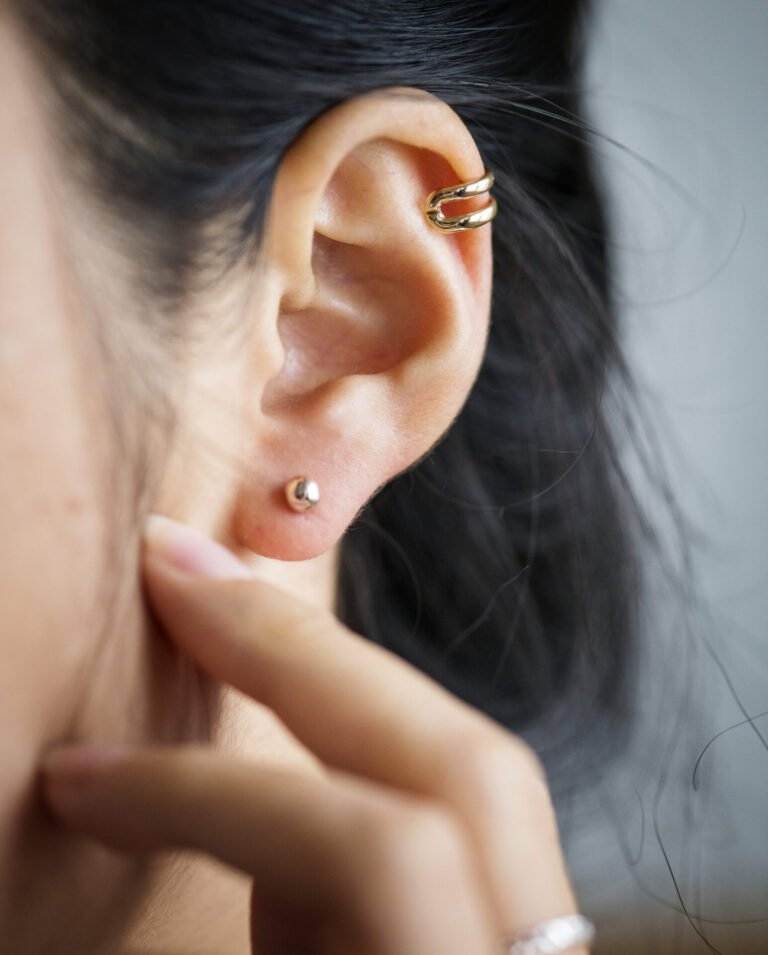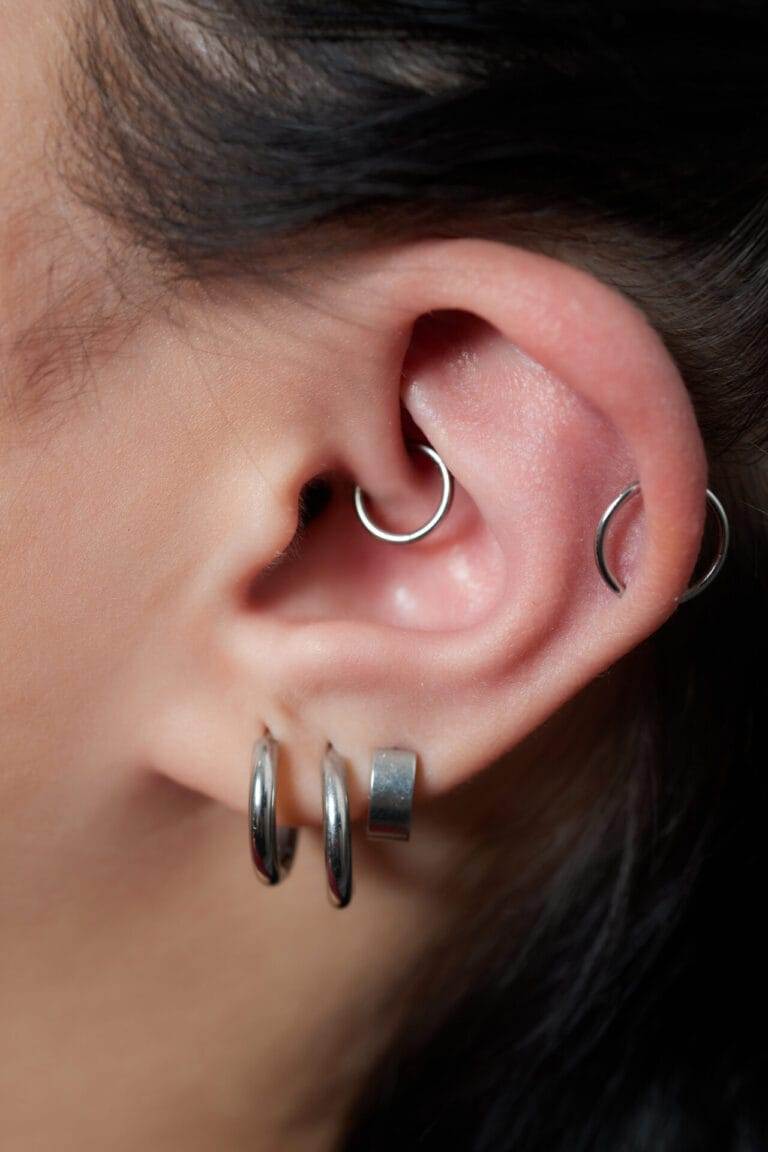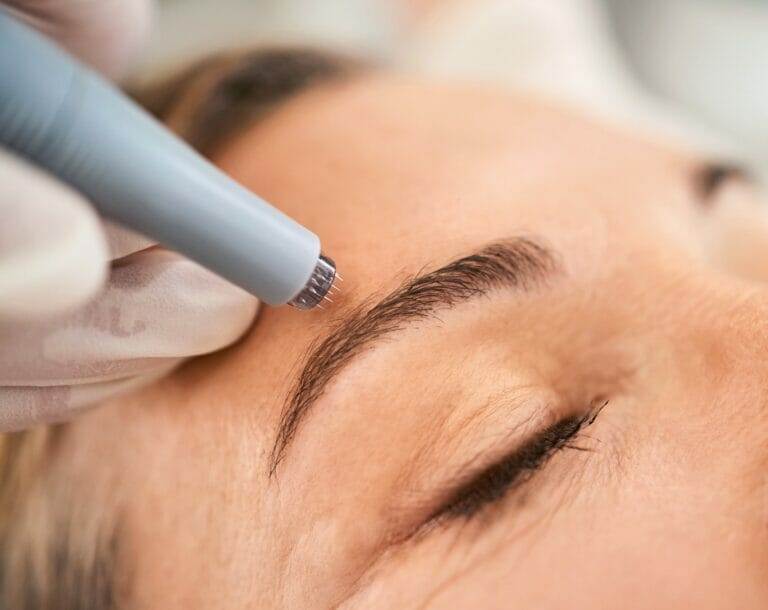Introduction
When it comes to body piercings, the choice of jewelry plays a pivotal role not just in aesthetics but also in overall safety and health. Selecting the correct piercing jewelry is paramount, and it transcends mere personal preference. It can affect healing, comfort, and the overall experience of wearing a piercing.
Importance of Choosing the Right Piercing Jewelry
The right piercing jewelry can transform the way a person feels about their body modification journey. Here are some compelling reasons why selecting the right jewelry is so crucial:
- Health and Safety: Poorly made or inappropriate materials can lead to allergies, infections, or even serious health complications. Selecting high-quality jewelry ensures better compatibility with your body.
- Comfort: The right fit and style can significantly reduce irritation and discomfort. For instance, a heavy earring can weigh down a new piercing, causing pain that could deter someone from enjoying their new look.
- Longevity: High-quality materials tend to last longer, saving time and money in the long run. Investing in good jewelry means fewer replacements and potential injuries from poorly made pieces.
Consider the case of a friend who opted for inexpensive earrings after her freshwater pearl ear piercings. She soon faced skin irritation, which led her to reconsider the importance of choosing the right kind of jewelry tailored for her sensitive skin.
Factors to Consider Before Selecting Piercing Jewelry
Before making a purchase, several key factors should be taken into account to ensure you choose the best piercing jewelry for your needs:
- Material Composition: What is the jewelry made of? Steel, titanium, silver, or gold? Different materials react differently based on individual body chemistry, and it’s crucial to choose a hypoallergenic option if one has sensitive skin.
- Style and Aesthetic Preference: The design should resonate with personal style but also fit the occasion. For instance, someone might prefer more understated pieces for a professional environment, whereas bolder pieces may be suited for parties or social gatherings.
- Size and Dimensions: Ensure that the dimensions of the jewelry suit the piercing. Something too large may cause discomfort, while something too small may not fit well.
- Purpose of the Piercing: Understand whether the jewelry needs to be changed frequently. Are you piercing for a special occasion, or is this a permanent lifestyle choice? This can influence your decision-making process.
- Professional Advice: Consulting with a professional piercer or body jewelry specialist can help clarify options and provide guidance tailored to individual needs.
In conclusion, the journey of selecting piercing jewelry goes beyond mere aesthetics. It encapsulates health, comfort, and personal expression. By carefully weighing these factors, one can ensure a positive experience that aligns with both personal style and well-being.
Types of Piercing Jewelry
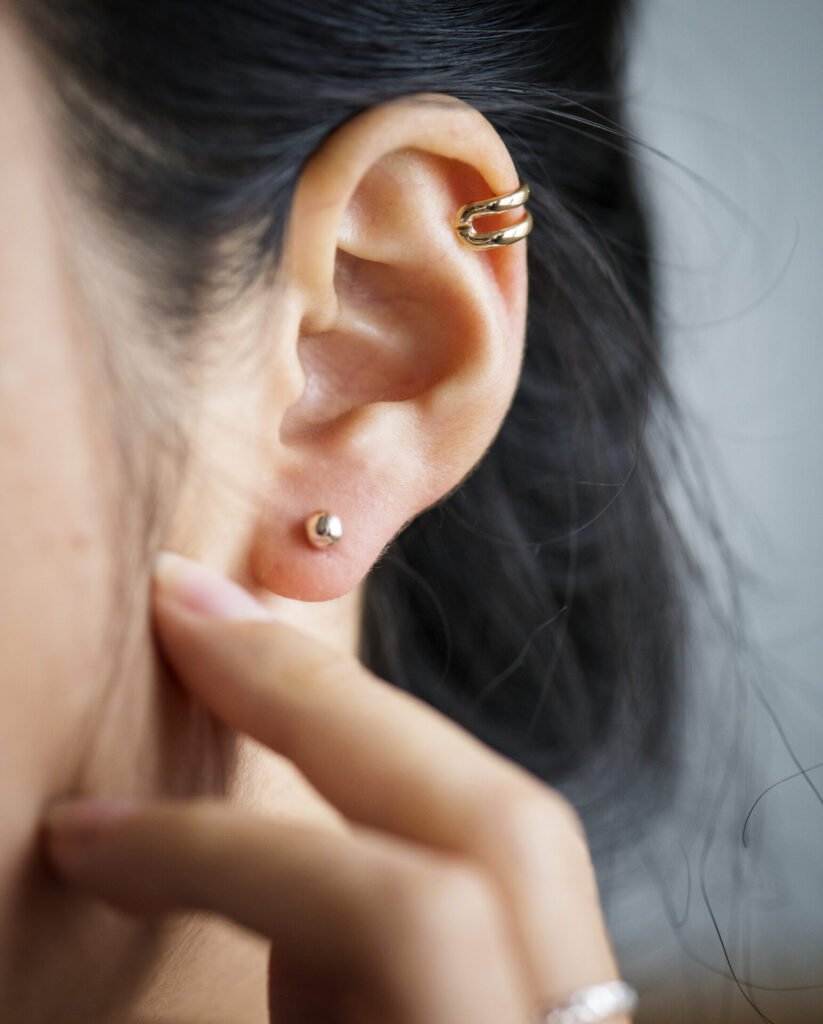
After evaluating the importance of selecting the right piercing jewelry and the various factors to consider, it’s time to delve into the types of jewelry available. Understanding these options can significantly impact how you express your unique style while ensuring your piercings look good and feel comfortable.
Studs and Rings
Studs and rings are foundational jewelry pieces that can suit various types of piercings from ears to noses. Here’s a closer look at each:
- Studs: Studs are perhaps the most classic type of piercing jewelry. They consist of a post that goes through the piercing while a decorative element sits on the outside. Some advantages of studs include:
- Versatility: They go well with casual and formal outfits, making them appropriate for any occasion.
- Comfort: They sit snugly against the skin and are less likely to get caught on clothing or hair.
- Low Maintenance: Many designs are straightforward, making them easy to clean and maintain.
- Rings: Rings, which can include anything from simple hoops to more intricate designs, provide another aesthetic that appeals to many.
- Diversity of Styles: From hoops to captive bead rings, there’s a design for everyone.
- Boldness: Rings often make a statement, ideal for those who want to showcase their personality.
- Creative Display: The circular shape invites various decorative elements, such as charms or gems.
Whether it’s a small hoop for a subtle accent or a chunky ring for a bold look, they can transform any piercing into a fashion statement.
Hoops and Barbells
Another layer of jewelry options stems from hoops and barbells, both of which add unique flair and function to piercings.
- Hoops: Hoops have a timeless charm and come in various sizes—from tiny huggies to larger statement pieces.
- Fashion Versatility: They can effortlessly transition from day to night, enhancing any outfit.
- Personalization: Some hoops feature designs, textures, or embellishments that can reflect personal style.
For instance, one of my relatives loves switching between minimalist hoops for daily wear and larger, ornate hoops for evening outings—it’s all about the versatility!
- Barbells: Commonly used in piercings like tongues, nipples, and certain ear piercings, barbells have a straight post with balls on either end.
- Secure Fit: They allow for movement without compromising comfort, making them ideal for healing piercings.
- Unique Designs: From curved to straight barbells, various styles can express individuality.
As my friend who recently got a belly button piercing found out, curved barbells were not only stylish but also accommodating as her piercing healed, merging fashion and functionality in perfect harmony. In summary, understanding these types of piercing jewelry—studs, rings, hoops, and barbells—provides a foundation for enhancing personal style while ensuring each piece meets health and comfort standards. With so many options available, you’re bound to find something that resonates with your unique self.
Materials Used in Piercing Jewelry
Having explored various types of piercing jewelry, it’s crucial to discuss the materials used to create these pieces. The material not only affects the jewelry’s appearance but also its safety, durability, and comfort. Let’s dive into some of the most common materials used, specifically surgical stainless steel, titanium, and gold.
Surgical Stainless Steel
Surgical stainless steel is the gold standard for body piercing jewelry, especially for initial piercings. It’s a highly durable material that provides numerous benefits:
- Hypoallergenic Properties: Most surgical stainless steel is designed to be nickel-free, significantly reducing the risk of allergic reactions, which is essential for new piercings that are still healing.
- Durability: This material is resistant to tarnish, corrosion, and rust, meaning it can withstand everyday wear while maintaining its shine.
- Affordability: Compared to other materials, surgical stainless steel is more budget-friendly, making it an excellent choice for individuals who want quality without breaking the bank.
For instance, when I got my first pair of cartilage piercings, I was instructed to choose surgical stainless steel studs. Not only did they look chic, but they also kept irritation at bay while my piercings healed. That said, always ensure that the specific stainless steel used is of high quality, as some cheaper alternatives can contain additives that might irritate the skin.
Titanium and Gold
When considering high-quality piercing materials, titanium and gold play significant roles due to their unique properties and aesthetic appeal.
- Titanium: Known for its lightweight nature, titanium is an excellent option for sensitive skin. Some key features include:
- Biocompatibility: Titanium is often considered one of the best materials for piercings due to its natural resistance to corrosion and non-reactive properties, making it suitable for those with metal allergies.
- Versatility: Available in various colors, including anodized options, titanium allows for plenty of style choices without compromising safety.
A friend of mine who had a history of metal allergies swore by titanium jewelry after switching from stainless steel. Not only did her skin remain irritation-free, but she also enjoyed the variety of colors available.
- Gold: Gold remains a timeless choice for piercing jewelry, admired for its aesthetic appeal and luxurious finish. However, there are important considerations:
- Quality Matters: Always opt for 14k or 18k gold to ensure the piece is durable enough for body piercings. Lower karats may contain irritating metals.
- Style and Elegance: Gold has an undeniable allure, perfect for those looking to make a statement with their jewelry.
For example, during a recent wedding, I noticed a striking pair of gold hoop earrings on a guest who had multiple ear piercings. The gold enhanced her overall look while harmonizing beautifully with her attire. In conclusion, the material used in piercing jewelry plays a vital role in both style and safety. By choosing high-quality options such as surgical stainless steel, titanium, and gold, individuals can ensure their jewelry looks great and effectively accommodates their lifestyle and skin type, leading to a positive piercing experience.
Styles and Designs of Piercing Jewelry
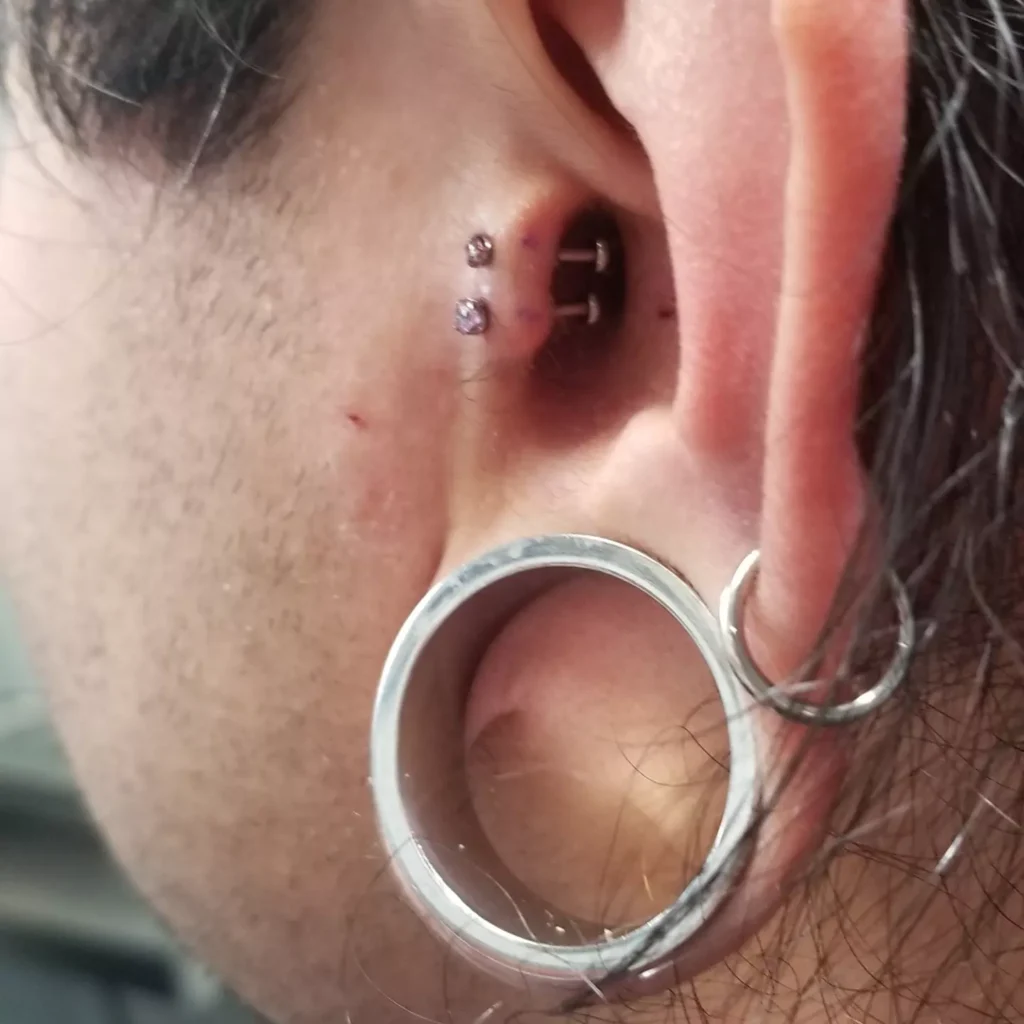
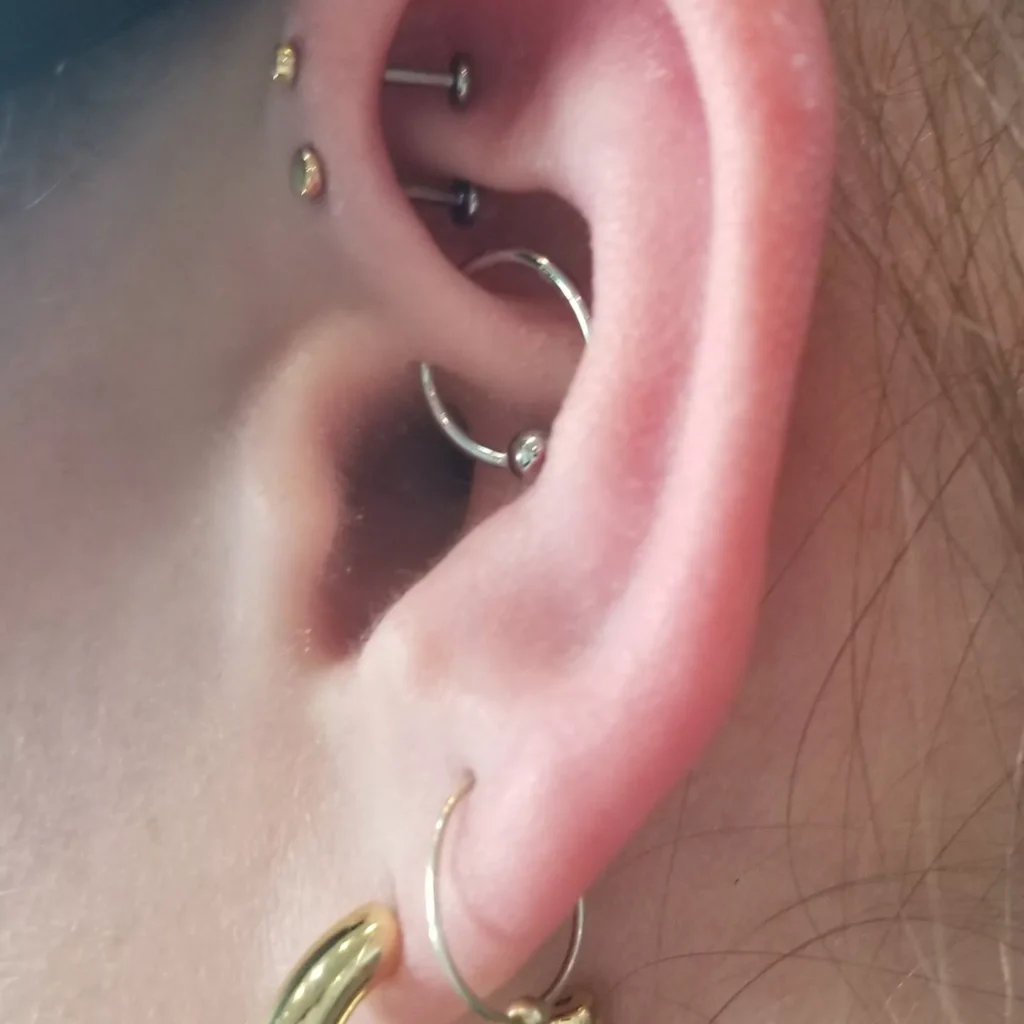
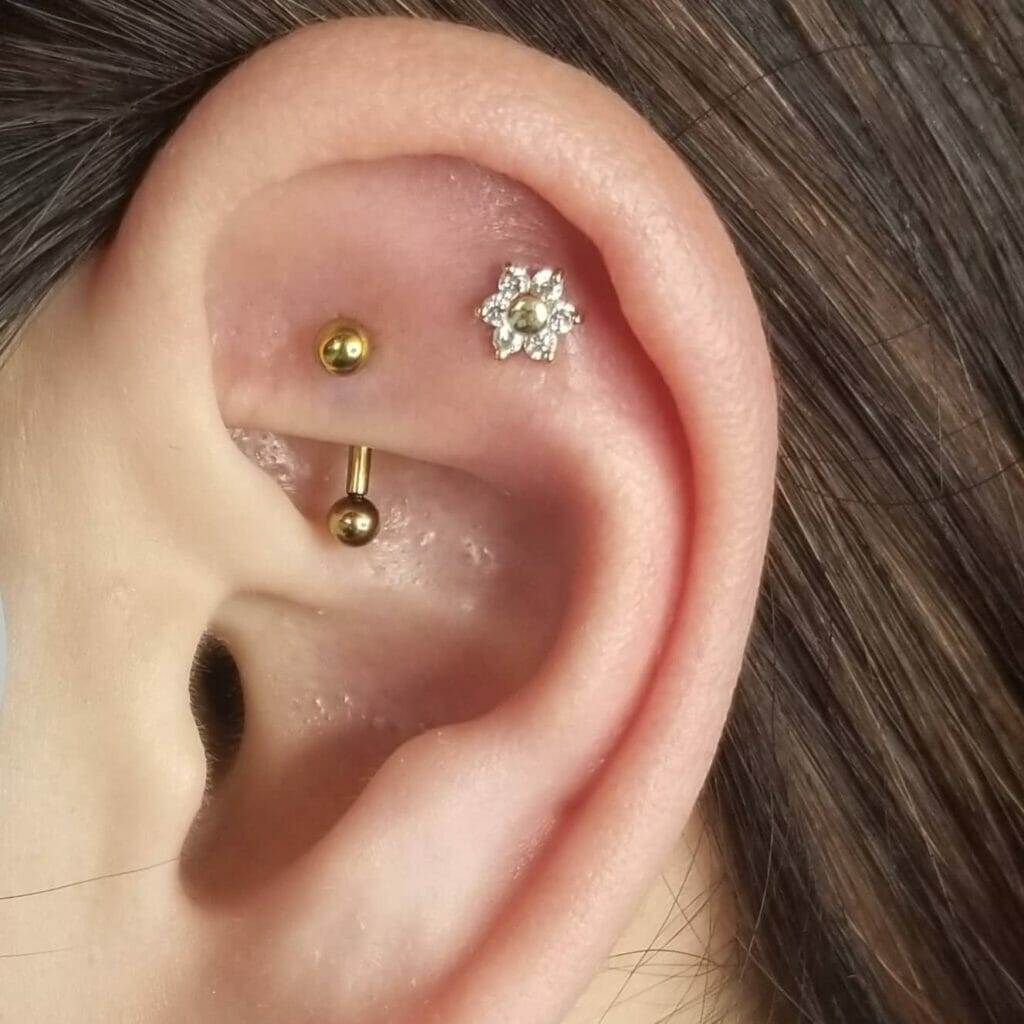
Following our exploration of materials used in piercing jewelry, let’s shift focus to the myriad styles and designs available. The design of a piercing can transform not only the jewelry piece itself but also how it complements an individual’s personal style. From minimalist touches to bold statements, the options are endless. Let’s take a closer look at two dominant styles: minimalist and classic, and statement and bohemian.
Minimalist and Classic
Minimalist and classic styles have become widespread due to their elegance and versatility. These designs emphasize simplicity, making them suitable for many occasions and aesthetics.
- Simplicity in Design: Minimalist jewelry typically consists of clean lines, basic shapes, or subtle embellishments. Think small stud earrings or delicate hoops that don’t overpower the overall look. These pieces are perfect for someone who prefers understated elegance.
- Timeless Appeal: Classic styles, such as pearl studs or simple gold hoops, never go out of fashion. They can be paired with everything from casual outfits to formal attire, allowing for seamless transitions throughout the day.
For instance, I once attended a corporate networking event where one of my colleagues wore tiny diamond studs and a classic gold ring. The simplicity of her jewelry not only looked professional but also allowed her personality to shine through without any distractions. It’s effortless elegance at its finest!
- Layering Opportunities: Minimalist designs are also great for layering. Many people love to mix and match different minimalist pieces in various piercings for a curated look. This approach adds depth to an outfit without overwhelming it.
If you enjoy a clean aesthetic but want a bit more flair, consider experimenting with different lengths and materials within your minimalist collection.
Statement and Bohemian
On the flip side, statement and bohemian styles are all about boldness and individuality. These designs allow for self-expression, often making them a favorite among those who enjoy standing out.
- Eye-Catching Designs: Statement jewelry features larger, bolder designs that can be the focal point of an outfit. Think oversized hoops, elaborate ear cuffs, or chunky rings. These pieces make a bold impression and can turn heads.
For example, during a music festival last summer, I was captivated by a woman wearing intricately designed feather earrings that danced with every movement. Her earrings not only expressed her personality but also captured the bohemian spirit of the event.
- Emphasis on Texture and Color: Bohemian styles often incorporate various materials, textures, and colors. This might include natural stones, beads, or intricate patterns, allowing for individuality and a personal touch.
- Mixing and Matching: A bohemian style encourages mixing different jewelry styles, perfect for creating a unique, eclectic look. Feel free to combine materials such as wood, metal, and gemstones to craft an ensemble that reflects your inner artist.
In conclusion, the styles and designs of piercing jewelry are as diversified as the individuals who wear them. Whether you prefer the refined charm of minimalist and classic designs or the vibrant expression found in statement and bohemian pieces, there is something out there that can complement any personal style. With the right choices, your piercing jewelry can serve not just as an accessory but a true reflection of your identity.
Matching Piercing Jewelry with Different Types of Piercings
Having explored various styles and designs of piercing jewelry, it’s time to discuss the artistry of matching these pieces with their respective piercings. Choosing the right jewelry not only enhances the appearance of the piercing but also complements your personal style. Let’s look at two popular categories: nose and ear piercings, and belly button and lip piercings.
Nose and Ear Piercings

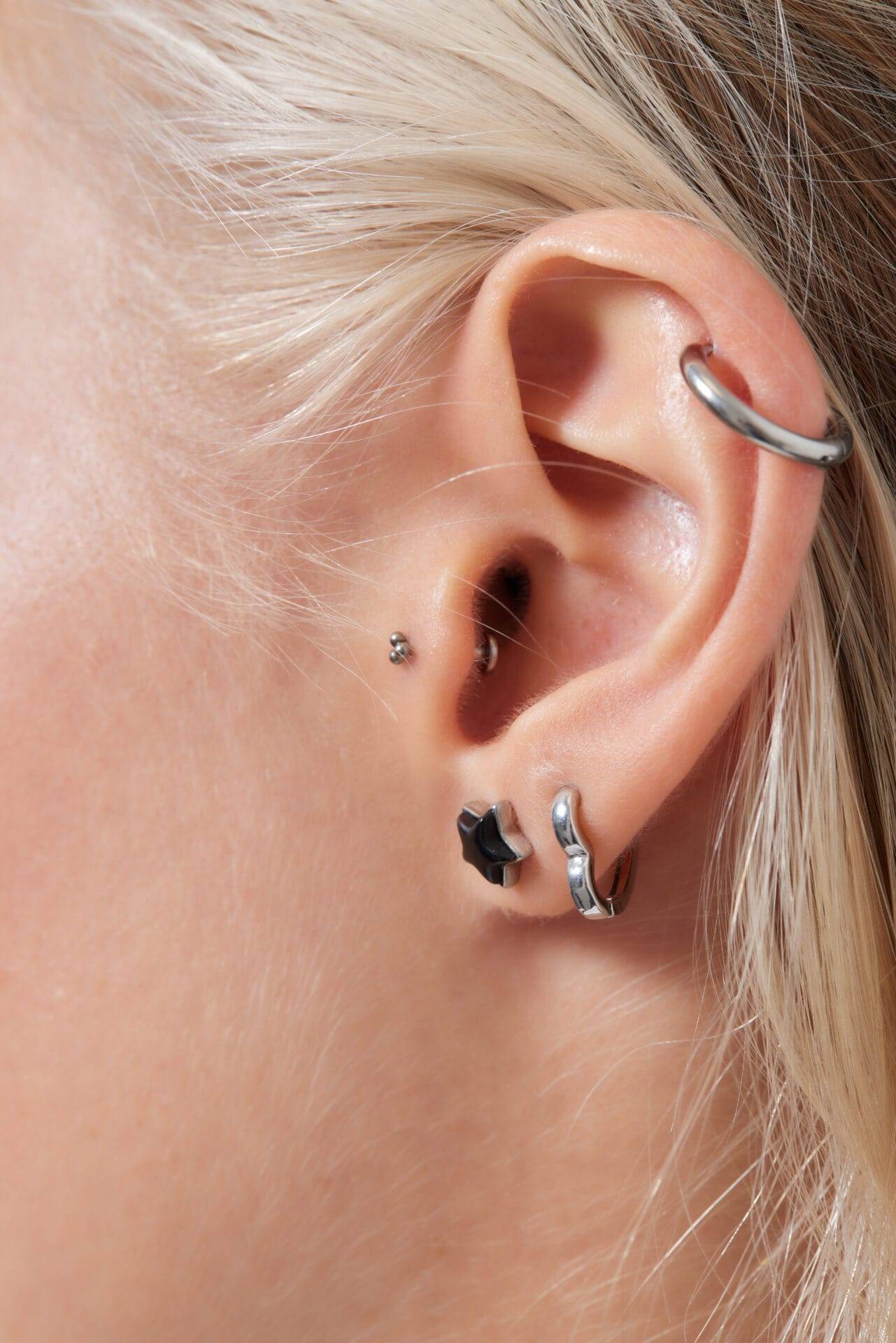
Nose and ear piercings are arguably some of the most common and visible types of body modifications. Therefore, selecting the right jewelry is crucial for both style and comfort.
- Nose Piercings: Nose jewelry often includes studs, hoops, and septum rings. It’s essential to consider the size and design based on your face shape and personal style. For instance:
- Studs: Simple stud designs work well for everyday wear, balancing elegance and casualness. My friend has a lovely diamond stud that complements her features, adding a subtle sparkle without being overpowering.
- Hoops: Small hoops can also be a stylish choice, offering a chic vibe. However, ensure they are lightweight to avoid irritation.
- Ear Piercings: With multiple ear piercings becoming increasingly popular, there are numerous jewelry choices to consider, such as:
- Ear Cuffs: These can bring an edgy element to your ensemble and are perfect for those who want to add height and dimension to their overall look without additional piercings.
- Layering Minimalist Studs: Many opt for minimalist studs in various sizes to create a harmonious, yet statement-making look. My sister often layers several tiny hoops in her lobe piercings for a trendy, stacked appearance that feels uniquely her own.
The key here is to ensure that whatever you choose fits comfortably and enhances your facial features while allowing for personal expression.
Belly Button and Lip Piercings
Belly button and lip piercings offer an equally exciting opportunity to flaunt style, but they come with their own set of considerations.
- Belly Button Piercings: Belly button rings can come in diverse designs, from simple barbells to elaborate dangling pieces. Here are a few tips:
- Conditionally Secure: Opt for a curved barbell that fits snugly. I recall a friend who selected a beautiful jeweled belly button ring for summer, choosing one that sat comfortably and didn’t irritate her skin during the beach season.
- Color Coordination: If you plan on showing off your belly ring during warmer months, consider matching it to your swimwear or crop tops for a cohesive look.
- Lip Piercings: Lip jewelry varies from labret bars to hoop designs, and it’s essential to consider comfort and personal style:
- Simplicity: Many prefer a simple stud or labret bar for everyday wear, ensuring the jewelry is flush to the lip to avoid snagging.
- Ink or Art: Some individuals choose more artistic pieces, such as ornate hoops or decorative studs, that highlight their unique style. A friend of mine often rotates through various styles, making her lip piercings a true reflection of her vibrant personality.
In summary, matching piercing jewelry with your body modifications requires thoughtfulness and an understanding of style dynamics. By carefully selecting pieces for nose, ear, belly button, and lip piercings, individuals can create a visually appealing look that is harmonious with their unique fashion identity while ensuring comfort and safety along the way.


